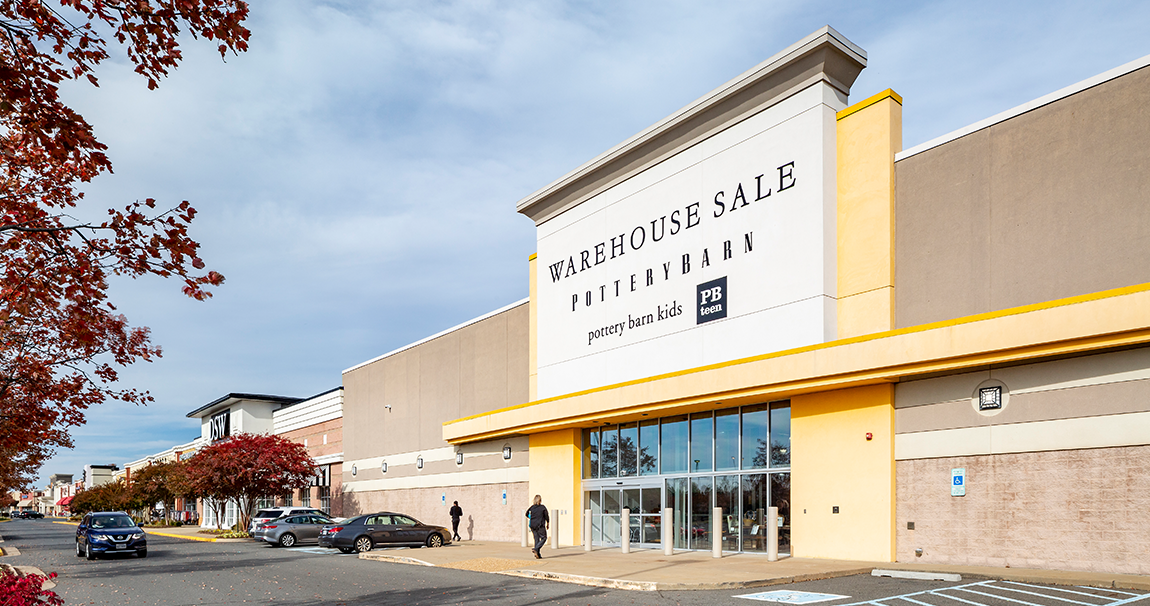Successfully finalizing leases on even the smallest spaces can pose a challenge due to several factors at play: location, walkability, build out, rental rates, and much, much more. When managing the retail leasing of a “big box” location, retail establishments typically measured over 30,000 square feet, additional feats and tactics are involved to fill them. With the Pottery Barn Outlet joining the ranks of Fredericksburg’s 2.5 million-square-foot power center, Central Park, we wanted to highlight what it takes to fill a big box vacancy by asking someone who has done it multiple times: Jim Farrell. As Rappaport’s Executive Director of Leasing and Brokerage, Jim has executed multiple leases with Homesense, Whole Foods Market, Aldi at Tower Square Shopping Center, Giant, Home Depot, Wal-Mart and Sky Zone at Pointer Ridge Plaza, among others. Here is what Jim had to say:
How do you approach big box locations differently than smaller shops when you are representing the space?
Jim: Flexibility is the keyword here. Do not restrict yourself to only a lease that takes the entire space – look at if and how it can be split. This can be tricky because multiple concerns may arise, such as if all retailers need a loading dock, whether the geometry of the back of the shopping center is too small for loading, if the layout is too deep for smaller stores and other similar issues.
What kind of tenants do you look for when leasing a big box? Are you typically more conservative with the tenant options, such as requiring nationally recognized retailers?
Jim: Some landlords may have this strong desire to only court publicly traded or nationally recognized credit tenants. However, if there is a regional credit tenant that has several locations, but is a proven and profitable operator, why wouldn’t you consider that?
What advice would you give a landlord looking to lease a space this size?
Jim: Any experienced retail advisor would first determine who the targeted retailers are for that space, examine if they are already in the marketplace and, if so, how far they are from the space’s location. Next, look carefully at the existing leases in the center and make sure restrictions or exclusivity clauses are noted in their leases. We are working in a competitive environment – view it as such and be open to different options and opportunities you may not have originally considered.
What do you think is needed to fill big box vacancies?
Jim: Understanding the property and its place in the market is even more pronounced with a big box vacancy than with a smaller space. Considering all commercial real estate types – multifamily, industrial, office and retail – it’s in retail properties where the interests of the tenant and landlord are most closely aligned. They’re both pulling their oars in the same direction to drive the highest sales. By understanding this dynamic, I strategize what uses will best serve the community, the shopping center and the retailer.
To learn more about leasing a big box vacancy, reach out to Jim Farrell. For our leasing opportunities in the D.C. market, whether big box or smaller retail spaces in mixed-use developments, check out our Properties page for more details.



